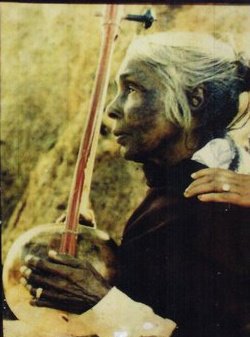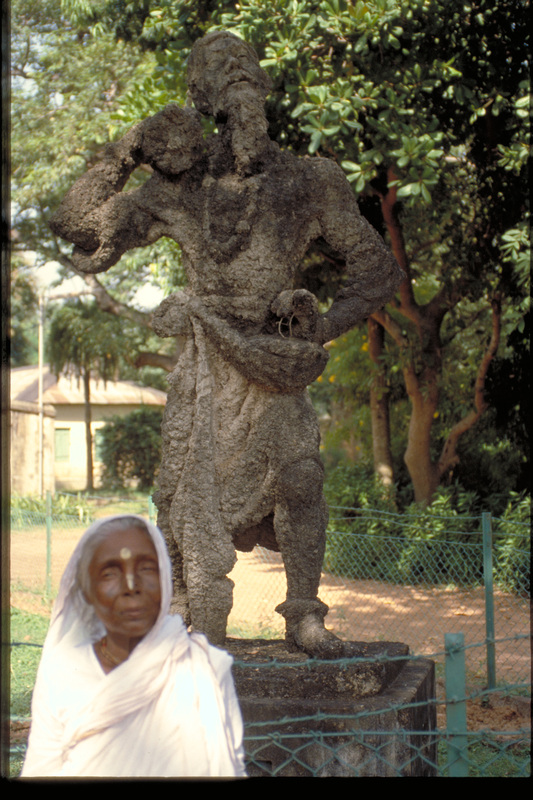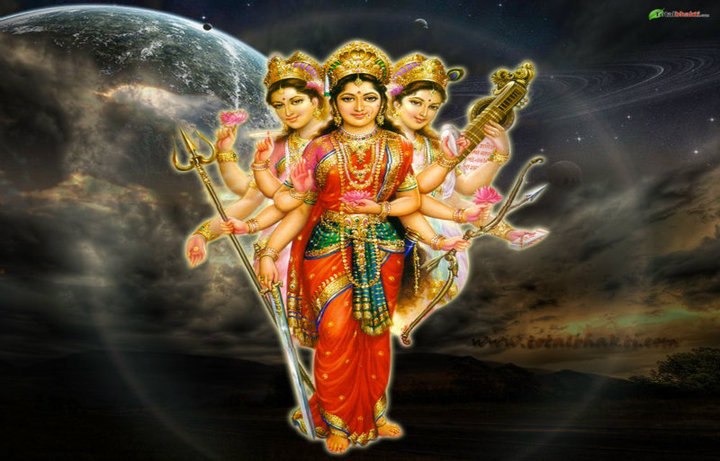
In common parlance a soul-mate is one who shares deep or natural affinity, similarity, love, intimacy, sexuality and above all compatibility. In many instances a soul mate, but not necessarily, refers to a romantic partner implying exclusive lifelong bond. Many have suffered an incomplete life for the lack of a soul mate. How does Sangam literature view the soul mate vis-a-vis a romantic partner?
“Veezhchiyin neer kulathe vazhiyoda” - Several streams that flow down to the pool below through rock heights of the water fall, slowly find its way to the pool below. In the water catchment below, there is equanimity and tranquility. Water finds its calmness and flows as one stream to reach the sea. When there are torrential rains, there is splash and ripples below, yet they find their level to first calm down, then flow out calmly. When incoming water becomes calm, then it finds the moment of peace. This is also symbolic of inner calmness, silence, peace and bliss.
PURANANURU:
These are a collection of Eight Anthologies. ‘Puram’ means outer field as opposed to ‘Agam’ which is the inner field. Sangam poetry falls in both categories. The outer field refers to aspects of human experience, dharma, ethics, heroism, benevolence, social life and customs etc. The inner field refers to personal or the spiritual human aspects such as friendship, human bonding, love, sexual relationships etc. It is not a very rigid compartment, for life’s experiences are made rich by a blend of both agam and puran.
For instance, to understand Radharani as a soul mate of Sri Krishna, one sees it as the Vrindavan love-lore or love-making as puram. Radharani as the extension of Sri Krishna’s soul mate is agam. When one does not see agam, then one suffers ignorance of divine relationships. It is a free world. So one has the option of shoveling shit in a cow-barn, comment on pictures and idols or see Radharani as divine extension of Gopala Krishnan.
The friend-soul mate relationships in Purnanuru is illustrated in a landscape setting called ‘Thinai’ to bring out the emotions involved. These landscapes are categorized as ‘Kurinji’ – mountainous regions; ‘Mullai’ – green flush forests; ‘Marutham’ – agricultural land; ‘Neithal’ – coastal regions of banks and water and ‘Paalai’ – desert land. Desert? Why not, for deserts and ice-capped regions are testing grounds for lasting relationships; you either have a friend, let alone a soul-mate who is parched with you or yearns warmth or one that scoots off selfishly like birds in a drying pond – ‘attra kulathu aruneer paravai pol!’ These are symbolic of dire circumstances. Why is Shiva-Parvathi divine spiritual love depicted in ice-prone mountains of Kailash? There are also other landscapes to explain intimate relationships but let us stick to the plot for now.
Hara Hara Mahadeva
by Yoga Ananda Sarawathi
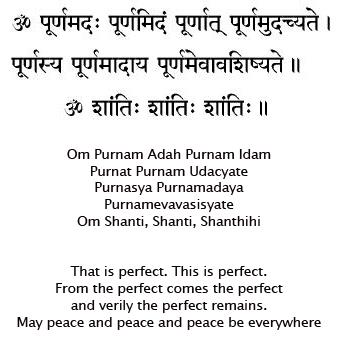

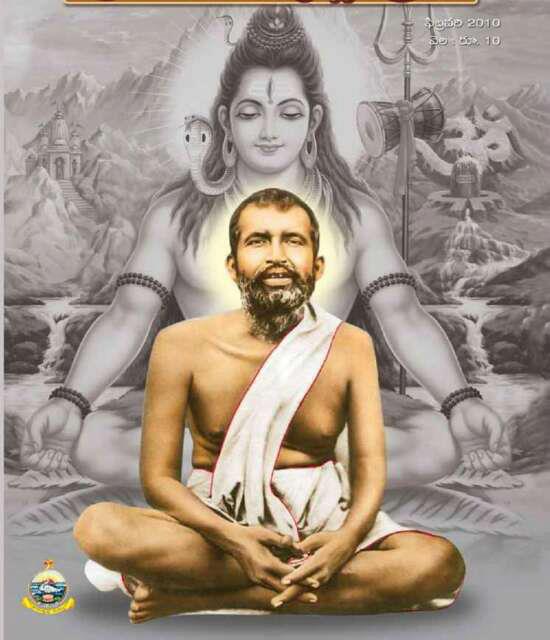

















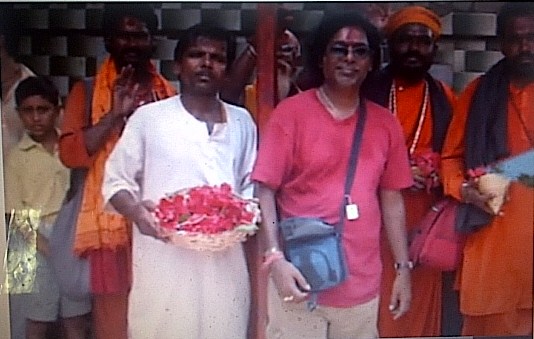




 RSS Feed
RSS Feed
